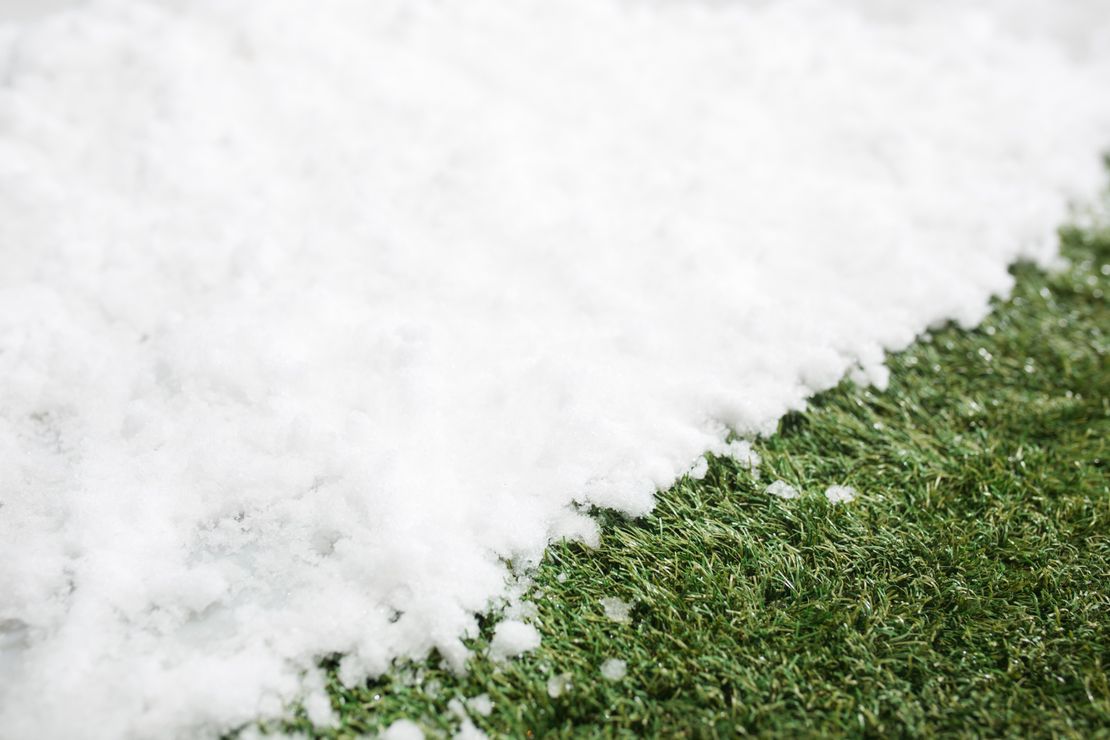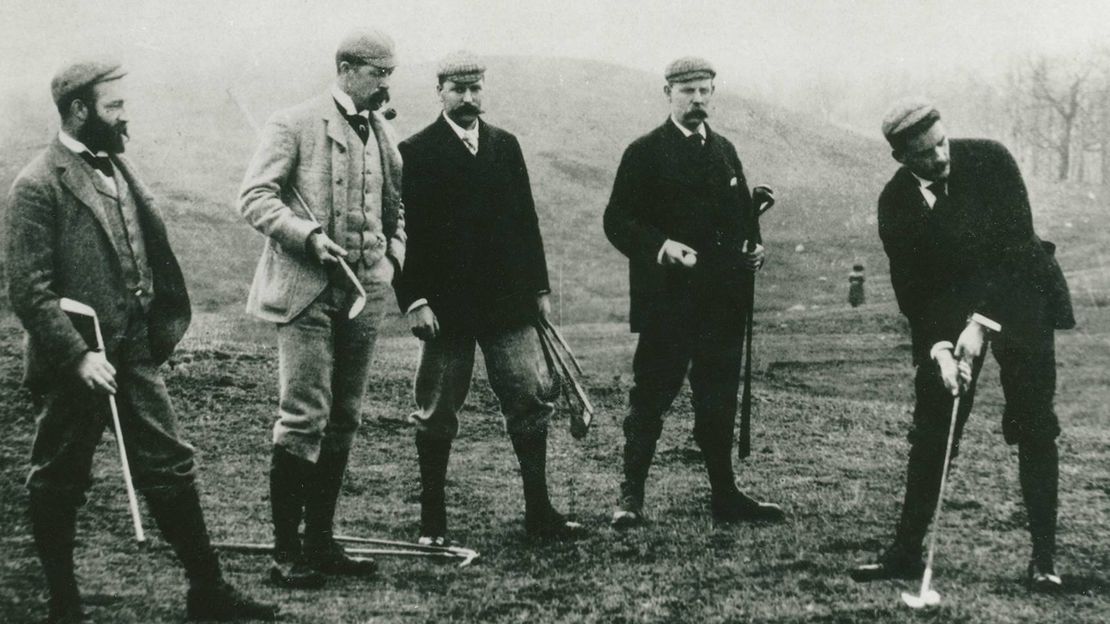
Understanding Winter Rules in Golf: When and How They Apply
- John Whitaker
- Golf , Seasonal play
- June 28, 2024
Table of Contents
As the golf season transitions into the colder months, players and courses must adapt to various environmental challenges. Winter Rules, also known as Preferred Lies, are introduced as temporary modifications to the traditional Rules of Golf. These rules significantly impact the game during adverse weather conditions.
These rules are designed to ensure fair play and protect the course when natural elements like frost, snow, and excessive rain alter the playing surfaces. This guide will help you understand when Winter Rules typically begin, how they affect your game, and why they are important for maintaining the integrity and enjoyment of golf during winter.
What are Winter Rules?
Recognized formally as Preferred Lies, are modifications to the standard golf rules that allow for adjustments to where and how a ball can be played during adverse weather conditions. These rules are implemented to prevent the natural elements from overly penalizing players and to minimize damage to the playing surface during wet or frosty conditions.
When Do Winter Rules Start?
Seasonal Timing
Implementing these rules is highly dependent on local weather conditions but typically begins in late fall and can last until early spring. The exact timing can vary from one golf course to another based on geographical location and current weather patterns.
Course Conditions
Persistent rain can lead to soggy fairways where balls may become embedded quickly. Under such conditions, allowing players to lift, clean, and place their ball helps maintain the pace and fairness of the game. From my experience, when fairways are soggy, it’s not just about player convenience but also about preserving the turf from further damage caused by regular play.
Frost can make the greens hard and fast, significantly altering how the ball moves on the green. Implementing Winter Rules during these times, like using temporary greens, helps protect the delicate grass from being trampled and becoming diseased, which can be a costly issue to rectify in spring.
When the ground freezes, normal shots can become unpredictable and hazardous. The impact of clubs on frozen turf can also damage the grassroots, which I’ve seen lead to long-term problems for course maintenance. Winter Rules can mitigate these effects by modifying play to reduce contact with the vulnerable ground.
Local Decisions
The decision to implement Winter Rules is typically made by the course management or a local golf authority. It’s important for golfers to check with their local club for announcements on when these rules are in place, as they are the primary source of information regarding the implementation of rules.
During my years coaching in Scotland, where winter weather can be particularly harsh, we often had to make judgment calls about implementing Winter Rules based on daily conditions. It was crucial to preserve the course’s quality and ensure that the game remained enjoyable and fair for all players. Communication with players about the reasons for these rules was crucial for gaining their understanding and cooperation. For instance, I remember a particularly wet winter when we had to extend the period for Preferred Lies longer than usual. While initially met with some disappointment, the decision was eventually appreciated as players recognized the significantly better playing conditions and reduced wear on the course.
These adjustments require a balance of practicality and foresight. As a coach, advising players to adapt their strategies under Winter rules ensured that they could continue enjoying their game, even under less-than-ideal conditions.
How Winter Rules Affect Play
Implementing of them ensures the game remains fair and enjoyable, even under challenging conditions. Here’s how these rules modify standard gameplay:
Adjustments Under Winter Rules
- One of the most common Winter Rule adjustments is the option for preferred lies. This rule allows players to lift, clean, and place their ball within a specified area, typically within six inches but not closer to the hole. It’s primarily applied in closely mown areas like the fairway. Understanding how to properly mark, lift, and replace your ball without penalty under these conditions is crucial for beginners.
- Typically, relief for an embedded ball is restricted to the fairway, but under Winter Rules, this can also extend to rough areas. This change acknowledges that soft ground conditions are more prevalent and can unfairly penalize good shots.
- Temporary greens may be used to prevent damage to the main greens, which are more vulnerable in cold conditions. While they might not offer the same quality of play as the regular greens, they are essential for preserving the course over the winter.
Geographic Variations in Winter Rules Implementation
Winter Rules are a common feature in golfing across various countries and are particularly significant in places with notable seasonal weather changes, such as the UK, Netherlands, Denmark, and Sweden. Each country has unique climatic conditions necessitate adapting these rules to maintain fair play and course quality.
- United Kingdom: In the UK, especially in Scotland, where golf is deeply rooted, Winter Rules often occur as early as October. The wet and windy conditions typical of British winters make these rules essential for protecting the course and ensuring that play can continue despite the mud and moisture.
- Netherlands: Dutch golf courses also experience significant rainfall and soft ground during the winter months. Here, Winter Rules help manage many courses’ low-lying, water-prone nature, allowing for more consistent play throughout the season.
- Denmark and Sweden: In Scandinavia, with countries like Denmark and Sweden, the onset of freezing temperatures and snow can drastically change the playing landscape. Winter Rules in these regions are crucial for dealing with frozen ground and snow-covered fairways, often extending into the early parts of spring.
- The application of winter rules varies widely in the United States due to the country’s vast geographical diversity. Golf courses may adopt Winter Rules to manage play on frozen or snow-covered courses in areas with severe winter climates, such as the Northeast and Midwest. Conversely, in milder climates like the Southern states, Winter Rules might only occur during particularly wet conditions or may not be used.
If the Weather Too Bad
If the weather turns too harsh for traditional golf, consider a round of pub golf . This entertaining variation swaps greens for pubs, letting you and your friends enjoy a competitive game in a warmer, more social setting.
Conclusion of Gameplay Changes
Winter Rules are not just about adapting to the environment; they’re also about strategic thinking and maintaining the spirit of the game under different conditions. As a golfer, being informed about these rules and how to apply them can enhance your winter golfing experience, ensuring that you continue to develop your skills and enjoy the game year-round.


